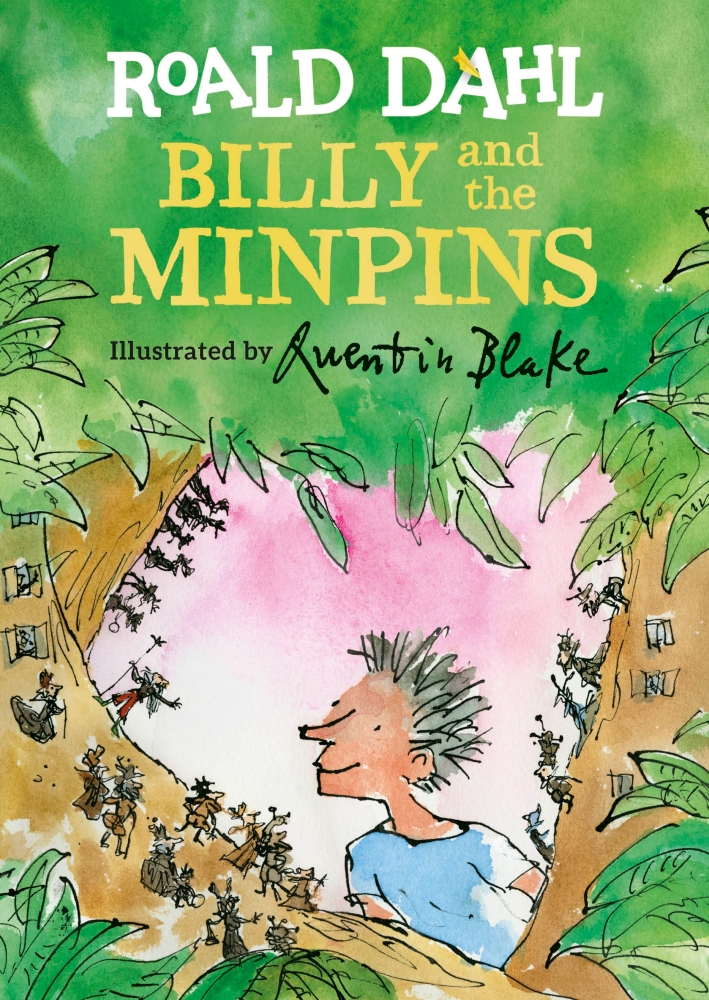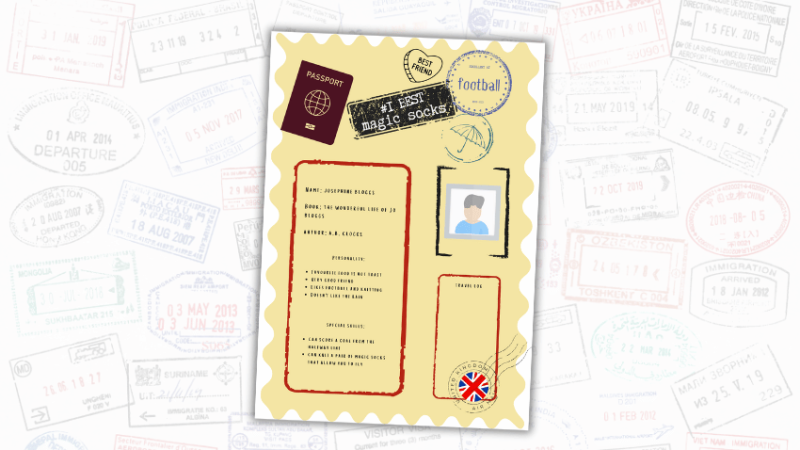KS1/2 Book topic – Explore Illustrations And Imagination In Roald Dahl’s Billy & the Minpins

Head into the woods with a brand new edition of Roald Dahl’s charming tale, illustrated by Quentin Blake for the first time

- by Carey Fluker Hunt
- Creative learning consultant, writer and former teacher Visit website

Billy can’t resist the forbidden forest that lies beyond his garden gate – until a smoke-belching monster chases him and it starts to look as if he really should have listened to his mother after all.
Then, just as the monster’s about to finish him off, Billy discovers a community of Minpins living in the trees – and when you’re battling a Gruncher, it really helps to have a team of tiny people on your side.
Featuring classic Dahl ingredients such as zany humour and breakneck storytelling, Billy and the Minpins comes served with lashings of charm and wonder, with a side order of real fear. First published in 1991 with illustrations by Patrick Benson, The Minpins has just been reissued with illustrations by Quentin Blake.
How to share the book

Billy and the Minpins isn’t a long text, but you’ll want to make the most of reading and discussing it, so give yourself plenty of time. What do your children think of the story? Does it remind them of anything? Talk about actions and motives, and how these relate to your children’s own experiences.
“Little Billy’s mother was always telling him… what he was allowed to do…”
Why do we have rules? Is it ever right to break a rule? How should children (and others) stay safe, and how can we look after each other?
“He saw a sight that froze his blood and made icicles in his veins…”
We’re never told exactly what the Gruncher looks like, but there are clues. Use textual evidence to help you draw the terrifying beast. What makes a storybook monster frightening? Write about the most terrifying monster imaginable.
“There were blackbirds and thrushes and skylarks and ravens…”
Go birdwatching in your local park. Record your observations and use them to create graphs and charts. Display alongside illustrations and informative writing, together with an account of what you did.
If a Minpin could ‘fly by bird’ over your neighbourhood, what would they see? Look at maps and match with photographs taken locally. Create a class map, showing places of interest or importance to your children.
“You can’t live in trees without suction boots…”
The Minpins use suction boots for walking up trees. Draw a diagram to show a pair of suction boots, labelled with features that make them effective – or design another piece of equipment for a Minpin. What might Minpins need to buy?
Create a catalogue of products aimed at them. Include drawings, information and prices. Group children and give them a budget to spend on behalf of the Minpins. What will they choose, and why?
Take two illustrators
You’ll need copies of both editions for this activity. Which scenes have the illustrators chosen to show us in each edition? What similarities do you notice between the illustrations, and what differences?
Research Patrick Benson’s technique (cross-hatching and watercolour, see junomagazine.com/patrick-benson) and Quentin Blake’s (dip-pen, ink and lightbox: quentinblake.com/about-drawing), then write about what you’ve observed and learnt.

The Gruncher’s POV
Pretend you’re the Gruncher. Tell how you waited beneath the tree for the human boy, how hungry you were as you raced through the forest, and what happened when you fell into the lake.
“Swan… has agreed to become your personal private aeroplane…”
What it would be like to ride on a swan’s back and where would you go? Remember, you can only go at night! Talk about what you can see, hear, feel, taste and touch. Make a list of words to describe the experience and use them to write a group poem.
“Sometimes mysteries are more intriguing than explanations…”
Where does the wind come from? Can birds talk? And could you have a conversation with them? Make a list of things you don’t understand or can’t explain. Can you find answers? How? And if you can’t, is that a problem?
Choose a ‘mystery’ that can’t be answered and imagine a solution. How many different solutions can your class come up with?
“We are the Minpins and we own this wood…”
Organise an expedition to survey some woodland for Minpin habitation. Sketch what you can see and list words to describe the landscape and experience of being outside. Collect leaves and twigs, and take photographs. Which trees, birds, animals and plants can you identify? Talk about the lie of the land, drainage, prevailing winds and how these might affect the Minpins’ choice of home.
Group children and ask them to invent a Minpin family. What are their names and relationships? Invent details about each Minpin – likes, dislikes, occupations, ambitions, friendships, personalities – then ask each group to present their family to the class.
Read aloud from the book as Billy is invited to observe the Minpins’ homes. Pair children and give them card, scissors, sellotape and pencils. Use together with found objects such as twigs and leaves to construct a tiny house or dress a ‘room space’ for a Minpin. Photograph the results. Back in school, create reports and displays about these creations.
Loved this? Try these…
- The Borrowers by Mary Norton
- The Little Grey Men by BB
- Danny the Champion of the World by Roald Dahl
- Jonathan Swift’s Gulliver retold by Martin Jenkins
- Imelda and the Goblin King by Briony May Smith
Explore more Roald Dahl Day resources.
Illustrations © Quentin Blake, taken from Billy and the Minpins by Roald Dahl










